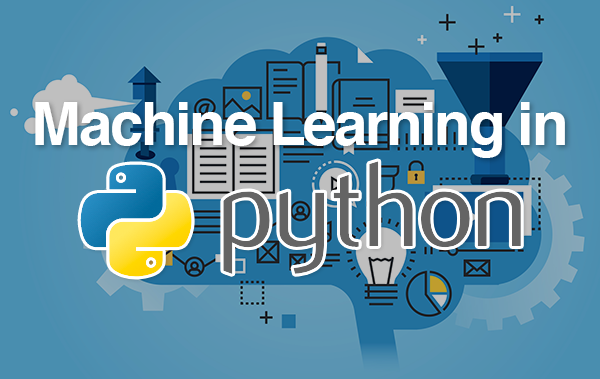
Correlation coefficients are statistical measures that are used to determine the strength and direction of a relationship between two variables. In this essay, we will go over the steps needed to get correlation coefficients in Python.
The first step is to load the data that you want to analyze. This can be done using a library such as Pandas or Numpy. Once the data is loaded, you will need to separate it into two parts: the independent variable and the dependent variable. The independent variable is the variable that you want to use to predict the dependent variable.
Once the data is separated, you can use the “np.corrcoef()” function in Numpy to calculate the correlation coefficient between the two variables. This function takes two arrays as input and returns a matrix of correlation coefficients. The diagonal of the matrix contains the correlation coefficients between each variable and itself, which is always 1. The other elements of the matrix contain the correlation coefficients between the two variables.
It’s important to note that correlation coefficient ranges between -1 and 1. A coefficient of 1 indicates a perfect positive correlation, meaning that as the independent variable increases, the dependent variable increases. A coefficient of -1 indicates a perfect negative correlation, meaning that as the independent variable increases, the dependent variable decreases. A coefficient of 0 indicates no correlation.
Another important aspect to consider is visualizing the correlation between variables. Scatter plots, heatmaps or correlation matrices can be used to visualize the correlation between variables.
In conclusion, getting correlation coefficients in Python is a crucial step in understanding the relationship between variables. Correlation coefficients can be calculated using the “np.corrcoef()” function in Numpy, which takes two arrays as input and returns a matrix of correlation coefficients. It’s important to note that correlation coefficients range between -1 and 1, with 1 indicating a perfect positive correlation, -1 indicating a perfect negative correlation, and 0 indicating no correlation. Moreover, visualizing the correlation between variables through scatter plots, heatmaps or correlation matrices can also be a useful tool to understand the relationship between variables.
In this Applied Machine Learning & Data Science Recipe (Jupyter Notebook), the reader will find the practical use of applied machine learning and data science in Python programming: How to get Correlation Coefficients.
What should I learn from this recipe?
You will learn:
- How to get Correlation Coefficients.
How to get Correlation Coefficients:
Disclaimer: The information and code presented within this recipe/tutorial is only for educational and coaching purposes for beginners and developers. Anyone can practice and apply the recipe/tutorial presented here, but the reader is taking full responsibility for his/her actions. The author (content curator) of this recipe (code / program) has made every effort to ensure the accuracy of the information was correct at time of publication. The author (content curator) does not assume and hereby disclaims any liability to any party for any loss, damage, or disruption caused by errors or omissions, whether such errors or omissions result from accident, negligence, or any other cause. The information presented here could also be found in public knowledge domains.
Learn by Coding: v-Tutorials on Applied Machine Learning and Data Science for Beginners
Latest end-to-end Learn by Coding Projects (Jupyter Notebooks) in Python and R:
Applied Statistics with R for Beginners and Business Professionals
Data Science and Machine Learning Projects in Python: Tabular Data Analytics
Data Science and Machine Learning Projects in R: Tabular Data Analytics
Python Machine Learning & Data Science Recipes: Learn by Coding